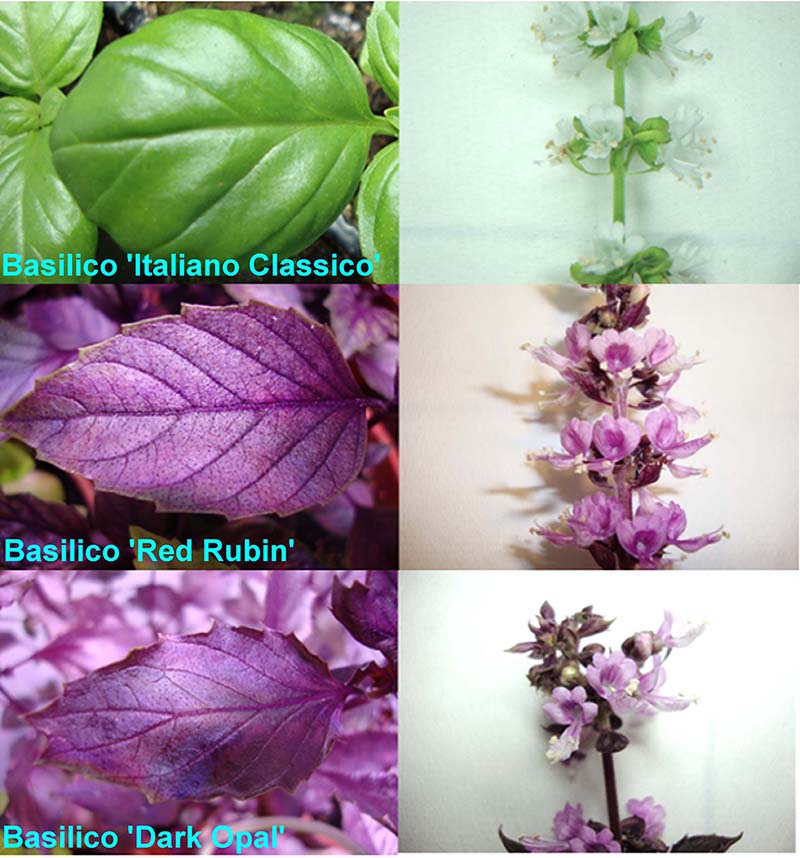GREEN AND PURPLE BASIL: IN LEAVES AND FLOWERS IT’S NOT JUST A MATTER OF COLOR
Basil is a culinary, medicinal, and ornamental plant, very appreciated for its antioxidant properties. These properties are mainly attributed to high content of rosmarinic acid, a phenolic compound with several beneficial effects. This species also includes purple varieties, characterized by the accumulation of anthocyanins in leaves and flowers. In this work, we compared a green basil variety, typical of the Italian area, and two purple varieties, studying leaves and, for the first time, intact flowers and corollas. In detail, the research described the morphological characteristics, the antioxidant capacity and the contents of polyphenolic acids and flavonoids, by means of liquid chromatography and mass spectrometric analyses. The study revealed that, in addition to rosmarinic acid, basil leaves and flowers contain other several phenolic compounds, known to have beneficial properties. Moreover, the study revealed a different anthocyanin composition in leaves and flowers of purple basil, showing that leaves mainly contain highly acylated anthocyanins, while flowers are very rich in simple anthocyanins. Overall, this study provides new biochemical information about the presence of not yet characterized bioactive compounds in basil that could contribute to boosting the use of this crop and to gaining new knowledge about the roles of these compounds in plant physiology.

REFERENCE
Prinsi, B.; Morgutti, S.; Negrini, N.; Faoro, F.; Espen, L. Insight into Composition of Bioactive Phenolic Compounds in Leaves and Flowers of Green and Purple Basil. Plants 2020, 9(1), 22 . [ doi.org/10.3390/plants9010022 ].
NOTE: This research was funded by Piano di Sostegno alla Ricerca 2015-2017 – azione A, DiSAA, Università degli Studi di Milano.

